Dry eye disease may sound innocuous, but it’s a condition that affects between 25 and 35 percent of individuals in the US, and pandemic-related lifestyle changes may be pushing that percentage up. Reports of a new condition dubbed “mask-associated dry eye” have been coming out of vision care centers in the country, prompting researchers to look at the effects of face masks on the delicate tear film responsible for protecting the eye.
Anti-inflammatory drugs like Restasis and Xiidra are popular treatment options for the condition, but will the emergence of mask-associated dry eye bolster their sales? Xtalks spoke with Dr. Lyndon Jones, professor in the School of Optometry & Vision Science at the University of Waterloo, in Ontario, Canada, and Dr. Richard Hom, optometric director at Anthem Blue Cross and Blue Shield, to learn more about mask-associated dry eye and why treatment options are as unique as each patient.
What Is Mask-Associated Dry Eye (MADE)?
The symptoms of mask-associated dry eye are common to the previously described form of dry eye disease (also known as keratoconjunctivitis sicca): soreness, dryness and irritation of the eye. And while conventional dry eye can have a number of causes — including blepharitis, hormone-related changes in post-menopausal women and contact lens use — mask-associated dry eye is largely cropping up in people who wear face masks for extended periods during the day.
Regardless of the cause, dry eye disease is the result of an imbalance in the composition of the protective tears that cover the eye’s surface. This tear film is composed of three layers: a thick, aqueous layer sandwiched between a mucus layer on the innermost surface of the eye and a thin oil coating on the outside. It’s this lipid layer that prevents water from evaporating and the eyes from prematurely drying before the tear film can be replenished through the action of blinking.
It’s not clear how pervasive mask-associated dry eye is among the general population, but vision care providers are seeing a trend among their patients.
“I think a lot of people are suffering from dry eyes, and not actually putting two-and-two together,” says Dr. Jones, who is also the director of the Centre for Ocular Research & Education (CORE). “But we are certainly seeing a greater number of patients reporting that their eyes feel dry when wearing a mask, compared to without a mask.”
Dr. Jones wrote a piece for The Conversation in August 2020 describing the mechanisms behind mask-associated dry eye, and some ways in which sufferers might be able to alleviate their symptoms.
So, what’s behind this association between wearing face masks and symptoms of dry eye? According to Dr. Jones, the answer is twofold: firstly, as face masks are designed to limit the outward motion of exhaled air from the nose and mouth in order to limit the spread of SARS-CoV-2, loose-fitting masks direct that airstream upward over the surface of the eye, acting to evaporate the tear film more rapidly. While this is a phenomenon that would affect any mask wearer, the problem arises when loose-fitting masks are worn for long periods of time, allowing the consistent force of the breath’s evaporative pressure to dry out the eye.
But Dr. Hom, who specializes in public health, doesn’t necessarily agree. Since most people required to wear masks for long stretches of time are healthcare workers who also need to wear eye protection, he maintains that the increased humidity behind goggles or glasses protects the eye’s surface from drying out.
“When you breathe into your mask, you’re actually super-humidifying the air,” says Dr. Hom, who is also an adjunct associate professor in Optometry at the New England College of Optometry. “So, the air inside a mask is ten to 20 percent more humid than the outside air. That’s exactly what you do when you want to treat dry eyes; you put a cup in front of the eye to increase the moisture and the humidity.”
Both Dr. Hom and Dr. Jones agree on the second way in which prolonged mask-wearing can contribute to dry eye, which also relates to the fit of the mask. Face masks that are too tight across the cheekbones can act to pull down on the lower eyelid, altering an individual’s natural blinking movement and interfering with tear film integrity.
However, in Dr. Hom’s opinion, the effects of prolonged mask use are probably having a greater effect on those already suffering from dry eye. He’s skeptical that mask-wearing on its own could be causative of the condition.
Dry Eye and Digital Devices
In addition to mask-wearing, increased screen time is also playing a role in the emergence of new cases of dry eye disease. When using digital devices, individuals blink half as often as they normally would, which allows the eye’s surface to dry out more rapidly and prevents regular regeneration of the tear film.
Dr. Jones explains that typical blinking frequency is around ten to 12 times per minute; however, once you concentrate on focusing on a digital device, blinking frequency is suppressed and it drops to just four to five times per minute.
“So, now you’ve got this open eye, the tear film’s evaporating, your eyes feel dry,” says Dr. Jones. “You blink a couple of times, resurface your eye, open your eye again, don’t blink often enough, it evaporates [and] you get a dry eye.”
Screen time has undeniably increased for many during the pandemic, with some reporting that they’re spending up to four hours more on digital devices each day, says Dr. Jones. With children and adults spending more time staring at screens for online learning and work, this is another example of how pandemic life is increasing the risk of developing dry eye disease.
And for patients already suffering from dry eye, the combined effects of mask-wearing and digital device use are making symptoms worse. Though most people aren’t wearing a mask while working from their home offices, Dr. Jones says this problem of mask-associated dry eye will compound as people return to their workplaces and are required to simultaneously stare at a screen and wear a mask for eight or more hours each day.
Treating Mask-Associated Dry Eye
When it comes to dry eye disease, signs and symptoms are not always correlated. Eye care specialists largely rely on patients reporting symptoms of dry eye before they start searching for the potential cause. Conversely, some patients may present with a very obviously compromised tear film — a sign of dry eye disease — but have no symptoms. Dr. Jones says this disconnect has implications for patient adherence to medications for dry eye, as asymptomatic patients are understandably unwilling to treat something that isn’t bothering them.
Like most areas of medicine today, clinicians take a personalized approach to treating each case of dry eye disease. The importance lies in identifying the underlying cause of the dry eye and addressing it before recommending drops that can help reestablish the balance of components of the tear film.
“I would say that when I see a patient who’s got dry eye, it is relatively rare that I would give this patient exactly the same management as another patient with maybe similar complaints,” says Dr. Jones. “There may be 20 different individualized management options that you need, depending upon what the underlying cause is.”
In 2017, a report was published based on the Tear Film & Ocular Surface Society’s Dry Eye Workshop II (TFOS DEWS II) that included new methodology for diagnosing and managing dry eye disease. Establishment of new diagnostic criteria through the TFOS DEWS II incited a paradigm shift in the way in which dry eye is treated.
In the case of mask-associated dry eye, patients may find their symptoms improve when they go stretches not wearing a mask — something not always possible right now as mask-wearing requirements are an important component in preventing transmission of SARS-CoV-2.
Dr. Jones says that maybe 80 to 90 percent of cases of dry eye disease can be managed through simple, over-the-counter means: drinking more water, making use of a small humidifier in your working environment, taking an omega-3 supplement and using artificial lubricant drops. But more severe cases of dry eye require the use of prescription medications to manage the disease.
Prescription Medications for Dry Eye Disease
Dry eye disease becomes a bigger problem when the breakdown of the tear film triggers an inflammatory response in the eye. In these patients, Dr. Jones explains that it’s a vicious cycle: the tear film is disrupted, which causes dry spots on the ocular surface; this dryness causes low-grade inflammation which, in turn, causes changes to the cells responsible for producing the components of healthy tears. This then leads to the development of a less-than-optimal tear film incapable of protecting the eye from further dryness.
Prescription drugs used to treat dry eye are designed to dampen this inflammatory response and disrupt the cycle of severe dry eye disease. In the US, one of the most commonly prescribed of these drugs is Allergan’s Restasis (cyclosporine), a calcineurin inhibitor immunosuppressant that targets ocular inflammation to help increase tear production in patients with dry eye.
Net revenues from Restasis totaled $755 million in 2020, down from $1.1 billion the previous year. Allergan — now part of AbbVie — has faced criticism in recent years over the lack of compelling efficacy data for Restasis, along with the controversial business practices the company has employed to protect its patents.
But if you thought the growing number of patients presenting with mask-associated dry eye would mean higher sales for Restasis, think again. Dr. Hom says that for prescription medications in general, there has been a lower incidence of use simply due to the fact that people are avoiding trips to the pharmacy during the pandemic.
What’s more, optometrists are seeing fewer patients than they were in December 2019, just months before the pandemic hit North America. According to data from 2,800 optometry practices across the US, total weekly eye exam numbers plummeted by 91 percent in April 2020. While numbers are recovering, they’re still lower than in pre-pandemic years.
And since many payers require patients to try a simpler course of treatment before a prescription medication will be covered, some with mask-associated dry eye may find that artificial tears will be sufficient in lessening symptoms.
Back to Restasis: its list price is set at $586 for a 30-day supply, though most managed insurance plans help to lower this cost. Still, the cost is not insignificant, leading some in the industry to wonder whether Restasis is worth it.
For patients with severe dry eye, Restasis is most certainly worth it, explains Dr. Jones.
“There are some patients for whom it was a lifesaver,” says Dr. Jones. “It made their lives livable. Restasis does get a bad name in some circles because the results in the studies that were approved…weren’t fantastic. But you know what? They were good enough, and they gave us a product.”
Before Restasis, patients with more complicated forms of dry eye disease had limited options when it came to treatment. Some practitioners prescribed topical corticosteroids used off-label, to get ocular inflammation under control — a job they did very well.
But prolonged use of ocular steroids has some serious side effects. Patients given steroids were at greater risk of developing cataracts and glaucoma.
Part of the problem in approving new drugs to treat dry eye relates to the requirements laid out by the FDA and the aforementioned disparities between signs and symptoms of the condition. The regulator used to require that innovator pharmas provide efficacy data on reducing both signs and symptoms of dry eye in the same clinical trial, but this proved to be challenging. Once the FDA changed its rules and allowed drugmakers to submit data on reduction in signs and reduction in symptoms in separate studies, this paved the way for more dry eye disease treatments to be approved.
Since Restasis’ approval in 2002, three other drugs to treat dry eye disease have been passed by the FDA, all in the last five years: Shire’s Xiidra (lifitegrast), Sun Pharmaceuticals’ Cequa (cyclosporin) and Kala Pharmaceuticals’ Eysuvis (loteprednol). Though they both contain the same active ingredient, Cequa is an aqueous solution that contains a higher concentration of cyclosporin compared to Restasis.
Eysuvis has half the concentration of loteprednol compared to Lotemax, another version of the drug marketed by Bausch + Lomb, and is only indicated for the short-term management of dry eye. As with any topical ocular steroid, the potential to develop cataracts and glaucoma still exists, but Kala reported that adverse events in the treatment arms of their trial were similar to those reported from patients given vehicle alone.
The Future of Dry Eye Disease Therapy
One thing that both Dr. Jones and Dr. Hom stress is the importance of access to quality eye care. “If they are suffering from dry eye, self-management without an examination is probably not going to work,” says Dr. Jones.
While Dr. Hom doesn’t think Restasis or Xiidra will be going away anytime soon, he does think there’s room in the market for drugs that target different inflammatory responses that cause dry eye. Indeed, there are multiple drugs currently in development, including one with a novel mode of action — a nasal spray from Oyster Point Pharmaceuticals for which the company submitted a New Drug Application (NDA) to the FDA in December.
But when the pandemic is behind us, and the masks eventually do go away, both Dr. Jones and Dr. Hom believe that screen time will be a prominent dry eye risk factor to watch out for in the future. And since children spend up to twice as much time on digital devices compared to adults, Dr. Jones says that practices are seeing younger patients presenting with symptoms of dry eye.
Dry eye disease truly is a chronic condition for which there is no cure, so the operative word, at least for now, is management. Perhaps the same approach taken by those with food allergies to avoid foods that might trigger a reaction could be applied to patients with dry eye, suggests Dr. Hom.
“Just like if I was allergic to food, I’d have to decide where to go, what to eat. Same thing with dry eye. I’d have to avoid certain types of environmental conditions,” says Dr. Hom.
Of course, access to care is important in all aspects of health, including vision. According to findings from the Vision Council’s VisionWatch US Consumer Study, 50.3 percent of US adults have some level of managed vision care coverage.
“I fight for the opportunity for patients to be able to access care in more ways than one,” says Dr. Hom. “And what we want to do is make sure that we can provide the care…without too much complication.”
Since mask-associated dry eye is still under investigation and being described, there’s no consensus on its potential long-term effects. However, given that as of February 23, 2021, just under six percent of the US population has been fully vaccinated against COVID-19, it looks like masks, at least for now, are here to stay.

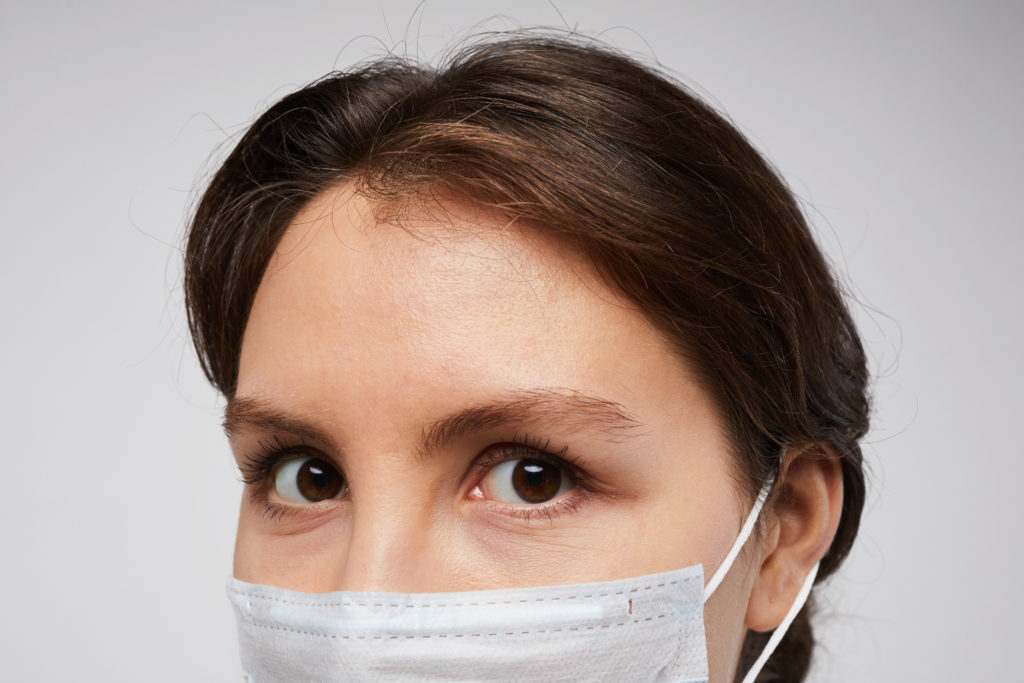
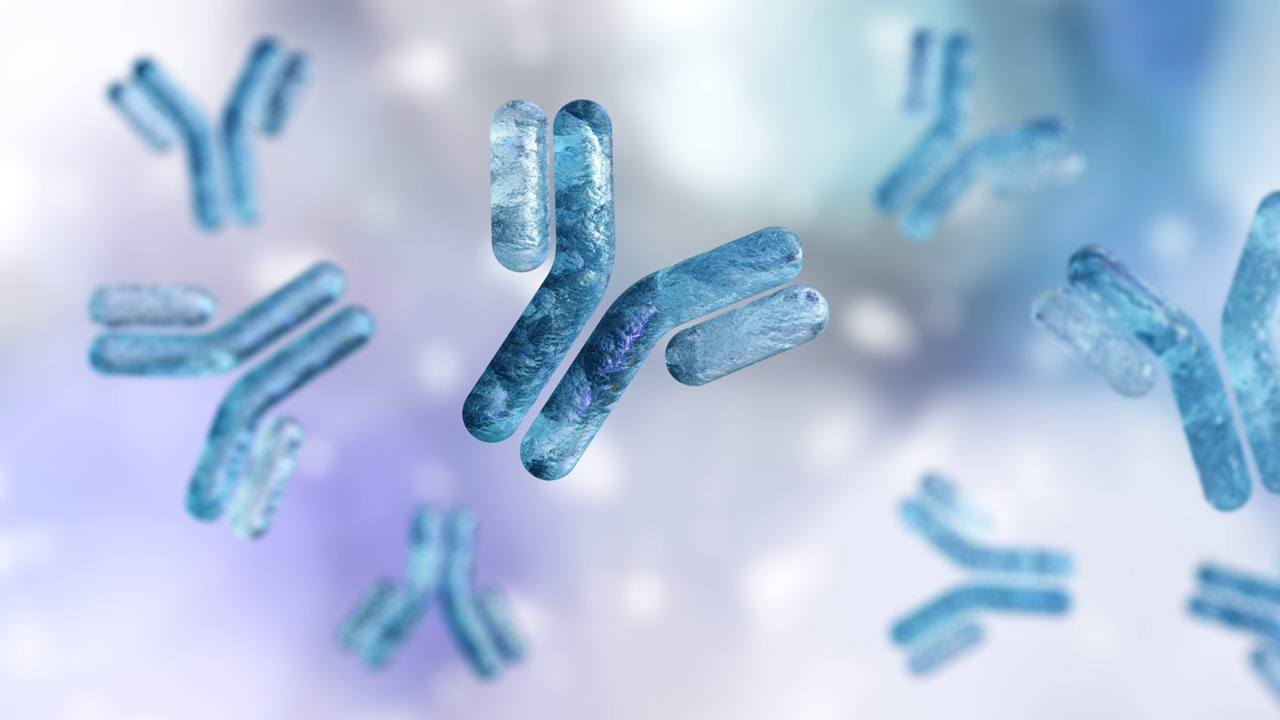
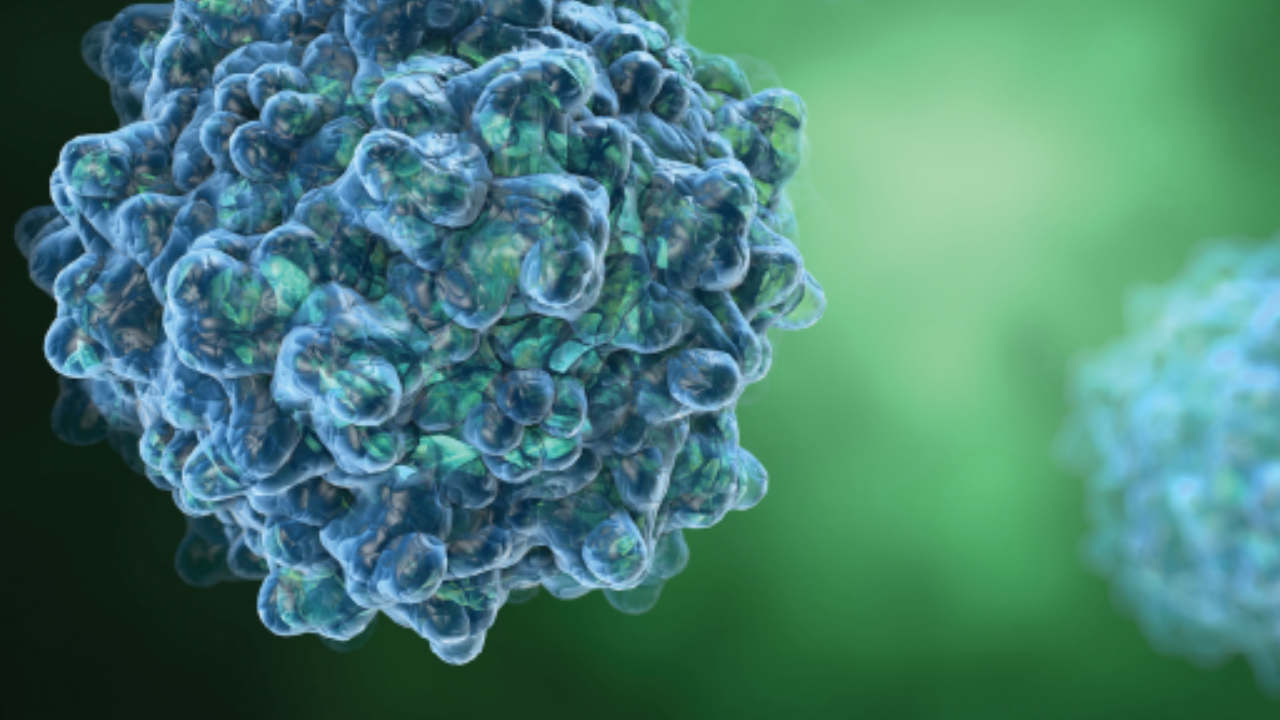
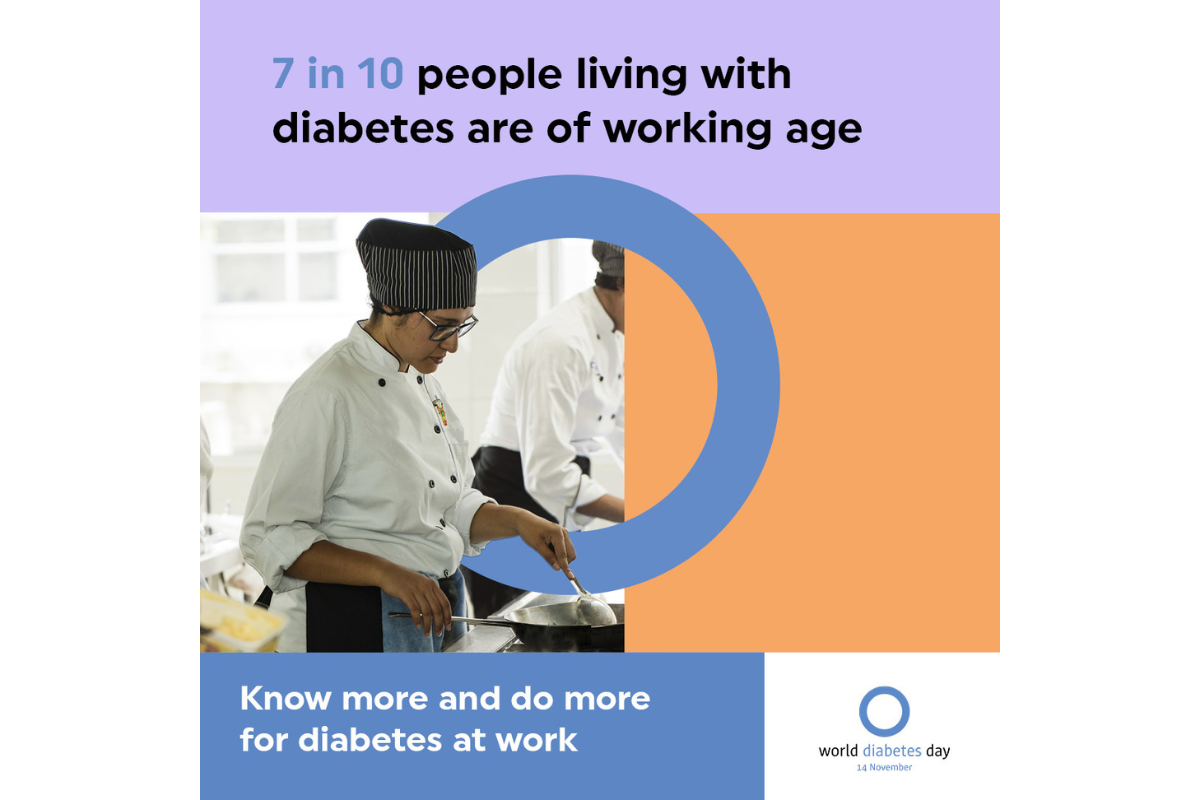
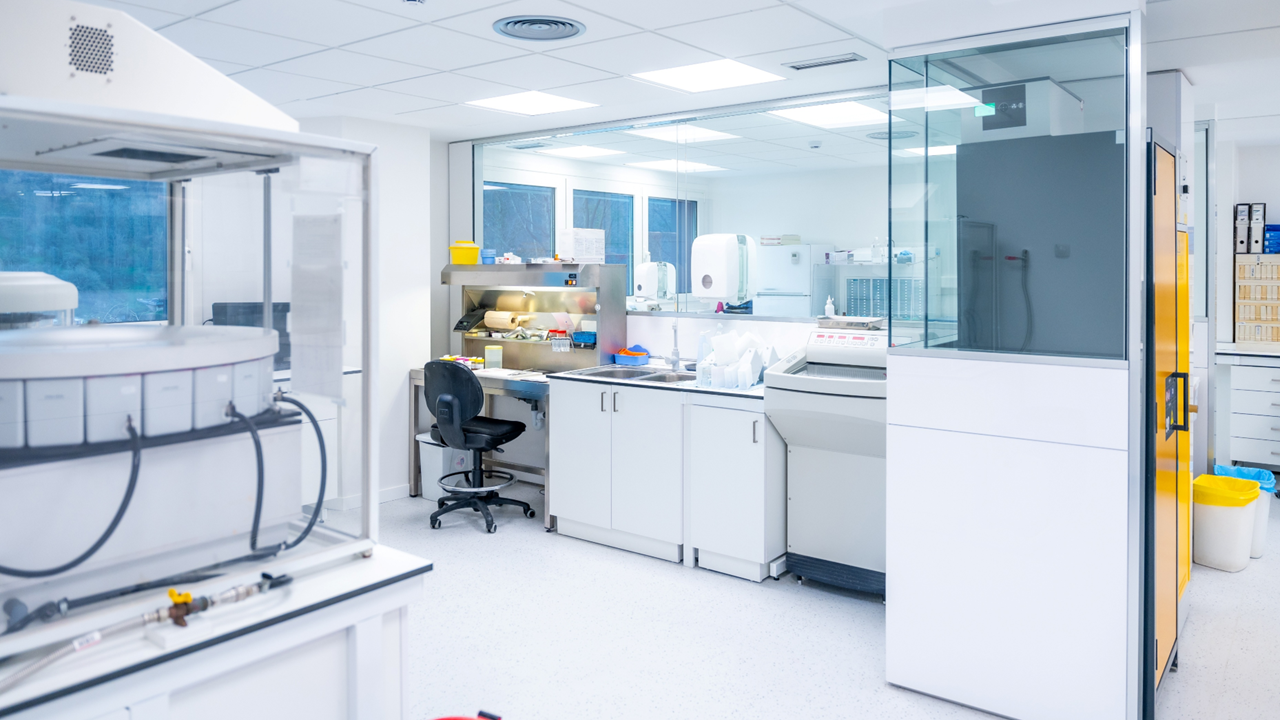
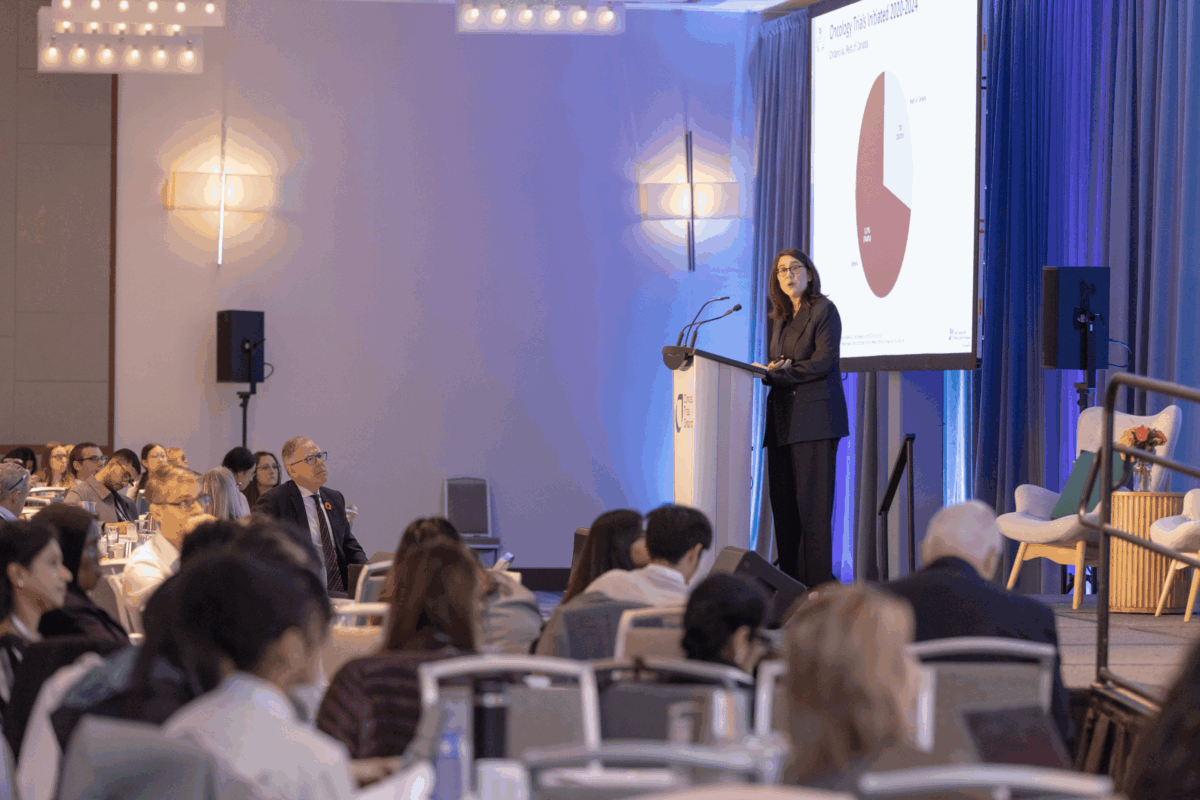

Join or login to leave a comment
JOIN LOGIN